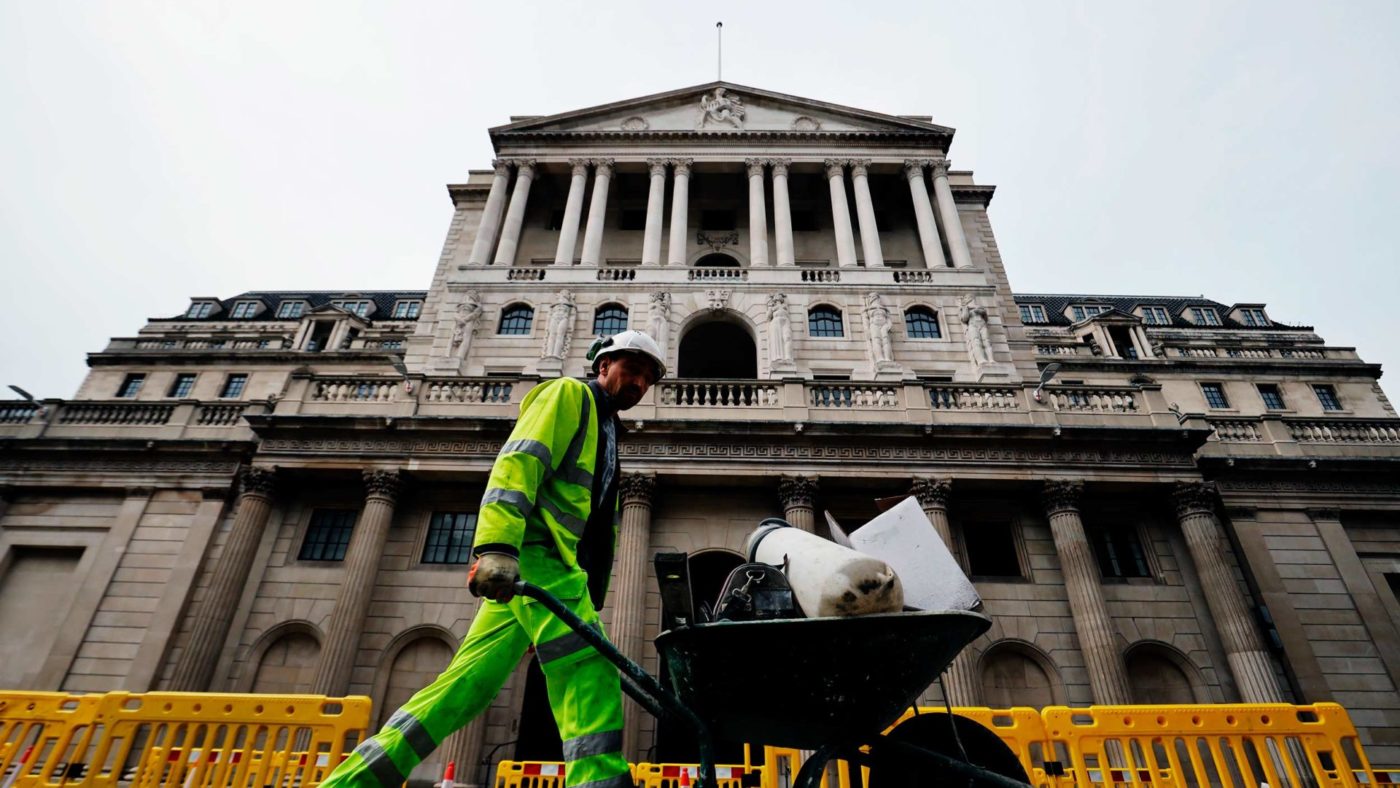Consumers, businesses, and investors are increasingly optimistic about the prospects for the UK economy, and independent forecasts are continually being revised up. Policymakers at the Treasury and Bank of England should now be reassessing their plans too.
The consensus at the start of the year was that UK GDP would grow by around 4% in 2021, and that output would not return to pre-Covid levels until later in 2022, or even 2023. At the time, only a few perennial optimists were predicting a more rapid recovery (myself included, proving once again that even a stopped clock is right occasionally).
Leap forward a few months and the pack has mostly caught up. This is largely due to the relatively successful rollout of the Covid vaccines in the UK. But it also reflects the adaptability of the UK economy, which has weathered the second and third lockdowns much better than most had been willing to predict.
The upshot is that UK GDP is now widely expected to grow by between 6% and 7% this year. This could turn out to be the biggest increase in any major economy, though it would follow one of the biggest falls in 2020. More importantly, it is much faster than officials had anticipated.
Back in March, the OBR was still forecasting that GDP would only grow by 4% this year. Crucially, the pandemic was assumed to have caused significant long-term damage to the economy and the public finances. The Chancellor used this to justify the tax increases and departmental spending cuts announced in the Budget.
However, it is increasingly likely that the ‘upside scenario’ outlined by the OBR last November will be much closer to the mark. This assumed that GDP would rebound strongly to its pre-pandemic level by the end of 2021 (I think it could be there as soon as the third quarter), and that there will not be any economic scarring.
In the meantime, government borrowing has consistently undershot the OBR’s projections, and unemployment looks set to peak well below the OBR’s latest forecast of 6.5%.
Of course, there are huge uncertainties here – as the OBR has always and rightly acknowledged. It may be too much to hope that the Treasury will already be rethinking the plans to freeze personal tax allowances and raise corporation tax. But officials can at least stop casting around for even more ways to increase the tax burden. A booming economy will do the job of repairing the public finances for them.
There is no need for any more fiscal stimulus from the Chancellor either. The US provides a warning here, rather than a model to follow. The Biden administration has rushed through an additional $1.9 trillion spending package (the ‘American Rescue Plan’), but it is far from obvious that the US economy actually needs this. Indeed, US inflation is already taking off.
The Bank of England faces a more immediate decision. Tomorrow the MPC is likely to revise its own UK GDP forecast for 2021 higher (from 5% to between 6% and 7%), and to lower its forecast for the peak in unemployment.
The Committee is also expected to signal that it will slow the pace of asset purchases under the policy of quantitative easing. This may need a bit of explaining.
Back in November the MPC increased the target for the stock of gilts it would purchase by an additional £150 billion (to £875 billion). These new purchases started in January and were expected to be completed by ‘around the end of 2021’. However, the initial pace (more than £4 billion per week) was quicker than this timetable required, and so it was always anticipated that this would be slowed later.
An announcement along these lines this week would not therefore be a significant shift in policy, provided the MPC recommits to completing the full programme as planned. But now is surely the time for a bigger change.
The additional £150 billion of gilt purchases were intended to offset downside risks to the economy that have not in fact materialised. However, almost all the usual inflation indicators are flashing red – from broad money growth to survey measures of cost pressures. Inflation expectations are still fairly well anchored, but once these break higher it may be too late to act.
I would therefore go further now. The MPC should either pause its gilt purchases entirely (they can always be resumed later if required), or at least stress that it is ready and willing to end them before the new target is hit.
This would rattle the markets and worry those relying on permanently low interest rates to justify even higher levels of government spending and borrowing. But that would be no bad thing. The risks of a needlessly prolonged period of ultra-loose monetary policy are now much greater.
Click here to subscribe to our daily briefing – the best pieces from CapX and across the web.
CapX depends on the generosity of its readers. If you value what we do, please consider making a donation.


